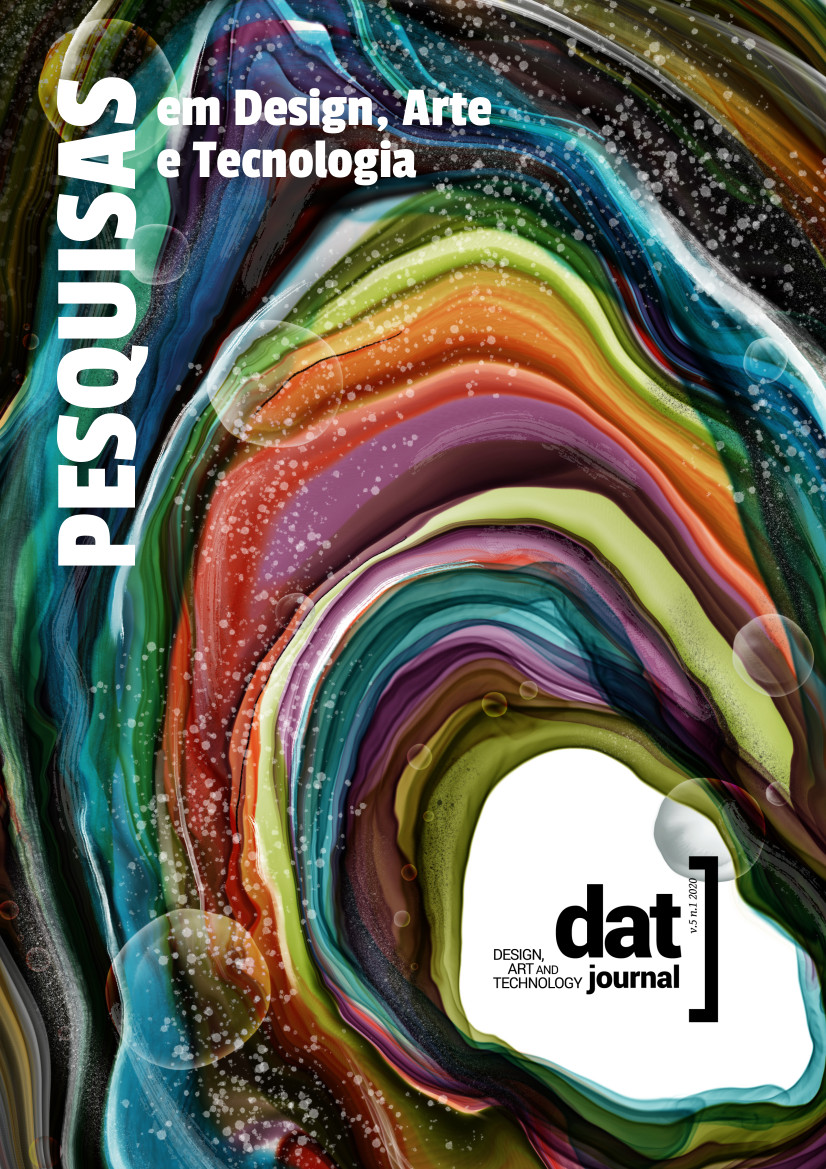Convivencialidad y Diseño: Interación, Aprendizaje y Autonomía
DOI:
https://doi.org/10.29147/dat.v5i1.179Palabras clave:
Convivencialidad, Diseño, Sustentabilidad, EducaciónResumen
El artículo presenta el concepto de convivencialidad, creado por Ivan Illich en la década de 1970. El concepto sigue siendo muy interesante para repensar los parámetros de producción, consumo y educación en nuestra sociedad, ya que argumenta que las comunidades deberían tener una mayor autonomía de instituciones. Autores como Manzini y Thackara recuperaron recientemente estas ideas. La convivencialidad se ha asociado con la sostenibilidad, ya que reduce la demanda de bienes materiales. Es posible desarrollar sistemas descentralizados de enseñanza y aprendizaje con Internet y las redes sociales. Y es posible crear objetos de manera más autónoma, para que las personas tengan una participación activa. El artículo investiga la convivencialidad en educación y diseño y presenta ejemplos de aprendizaje y creación de convivencialidad que tuvieron lugar en el curso de Diseño en la Universidad, en un taller de diseño con bambú y en el ShareFest Honolulu, un evento que promueve la economía colaborativa.
Descargas
Citas
CORREIA DE MELO, J. V. A. M. ; RIPPER, J. L. M. ; YAMAKI, R. T. Form Finding Process for Bamboo Structures. In: IX World Bamboo Congress, 2012, Antwerp. The 9th World Bamboo Congress Proceedings. Antwerp, 2012.
ILLICH, I. Deschooling Society. New York: Harper & Row Publishers, 1970.
ILLICH, I. A convivencialidade. Lisboa: Publicações Europa-América, 1973.
JÉGOU, F.; MANZINI, E. Sustainable Everyday. Milão: Edizione Ambiente, 2003.
KENSKI, V. M. Educação e comunicação: interconexões e convergências. Educação Sociedade, Campinas, v. 29, n. 104, Especial, p. 647-665, oct., 2008.
MANZINI, E. Design para a inovação social e sustentabilidade: comunidades criativas, organizações colaborativas e novas redes projetuais. Rio de Janeiro: E-apers, 2008. (Cadernos do Grupo de Altos Estudos; v.1).
RIPPER, J. L. M.; Moreira, L. E. Métodos de Ensino de Design de Produtos e sua Aplicação às Estruturas da Engenharia Civil. In: COBENGE - Congresso Brasileiro de Ensino de Engenharia, 2004, Brasília: COBENGE, 2004.
ROCHA, K. M. Sistema social em Ambiente Virtual de Aprendizagem: interações possíveis. In: Reunião Anual da Associação Nacional de Pós-Graduação e Pesquisa em Educação (ANPEd): Educação e Justiça Social, 34, 2011, Natal. Anais. Natal: ANPEd, 2011.
SANTOS, M. A Natureza do Espaço: Técnica e Tempo, Razão e Emoção. 4. ed. São Paulo: Editora da Universidade de São Paulo, 2006.
THACKARA, J. In the Bubble: Designing in a Complex World. Cambridge, MA: MIT Press, 2005.


























